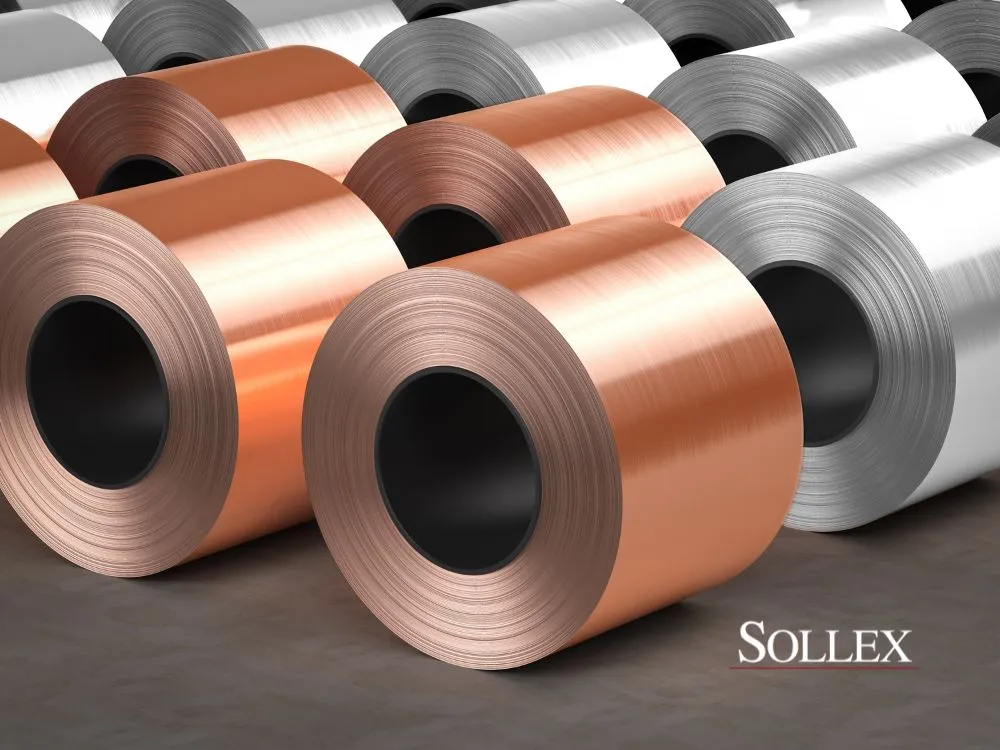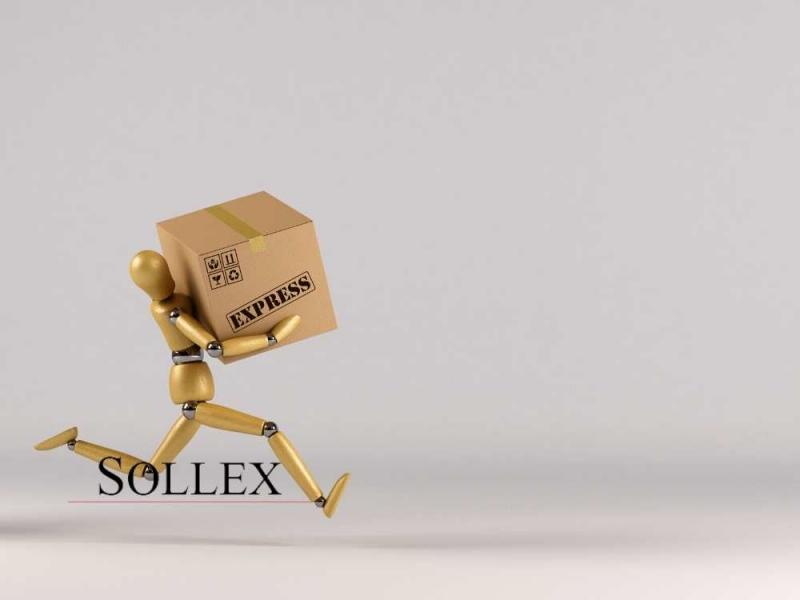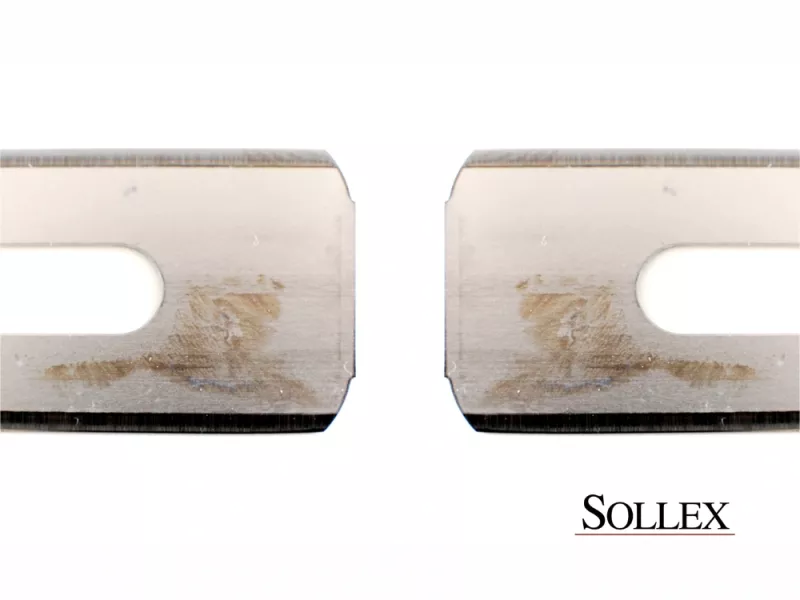Dry Slitting of Battery Foils: How to Achieve Clean Edges Without Lubrication
In the early days of metal-foil converting, engineers experimented with different ways to reduce burrs and dust when slitting thin copper or aluminum foil. One idea was to apply a small amount of organic solvent for example, isopropanol or MEK to the slitting blade to lower friction and temperature. The reasoning was simple: less friction leads to fewer burrs, cleaner edges, and slower blade wear.
This method worked in some industrial applications. However, the requirements changed completely with the arrival of lithium-ion battery manufacturing, where both copper and aluminum foils must meet extremely strict standards. The foil surface has to be clean, uniform, and free from oil, creases, and color variations, with a surface tension of at least 32 dyne to ensure perfect coating adhesion and electrical performance.
The challenge: total cleanliness in battery production
In battery electrode production, even microscopic traces of oil, solvent, or vapor can cause contamination. Residues may affect the adhesion of electrode coatings, disturb the uniformity of the slurry, or trigger unwanted reactions inside the cell. For that reason, every stage of battery manufacturing takes place in a controlled dry-room environment with extremely strict purity standards. Any liquid lubricant or solvent, even fast-evaporating ones, is considered a risk. They can leave invisible residues or release vapors that interfere with coating, drying, or calendaring processes. As a result, slitting copper and aluminum foils for anodes and cathodes must be entirely dry. The process has to produce clean, precise edges without any chemical assistance.
At the same time, the mechanical quality of the slit edge has become critical. During slitting and winding of copper and aluminum foils (used for anodes and cathodes), two main defects can occur: burrs and wave edges.
Burrs
 When cutting electrode foils for lithium batteries, burrs are one of the most critical challenges. These tiny raised metal edges might seem harmless, but in a battery cell they can pierce the separator and create a dangerous short circuit. Burr formation usually happens during the slitting step, especially if the blade setup is not perfectly tuned. Finding the right balance between side pressure, blade overlap, and tension control is key. A precisely finished blade edge and stable winding tension help keep the cuts smooth and consistent and prevent those microscopic spikes that can compromise safety.
When cutting electrode foils for lithium batteries, burrs are one of the most critical challenges. These tiny raised metal edges might seem harmless, but in a battery cell they can pierce the separator and create a dangerous short circuit. Burr formation usually happens during the slitting step, especially if the blade setup is not perfectly tuned. Finding the right balance between side pressure, blade overlap, and tension control is key. A precisely finished blade edge and stable winding tension help keep the cuts smooth and consistent and prevent those microscopic spikes that can compromise safety.
Check out our guide How to Optimize Shear Slitting for Flexible Foils, where we dive into blade geometry, overlap, side pressures, and tension settings for cleaner, longer‐lasting cuts.
Wave edges
Wave edges are another issue that can appear during foil slitting. Instead of a clean, straight edge, the material develops a gentle ripple or undulation. This often occurs when the foil tension is uneven or the knives are not aligned correctly. Even small variations can make the winding process unstable, causing vibrations, poor roll formation, or irregular coating thickness. Over time, these defects reduce the uniformity and performance of the finished battery cell.
The solution: precision mechanics and advanced blade materials
Instead of chemical lubrication, clean cuts are achieved through mechanical precision and optimized blade properties. Sollex has engineered slitter blades with ultra-low friction and exceptional wear resistance for foil cutting applications. Materials that Sollex uses minimize adhesion between the blade and the foil and keep cutting temperatures stable. The controlled bevel geometry prevents the foil from stretching or oxidizing during cutting. In this way, Sollex blades deliver the high precision and cleanliness that the battery industry demands without using any lubricant.
This dry slitting method makes sure that copper and aluminum foils are cut very accurately, with clean edges that have no dust or leftover material, making them ready for the electrode coating stage. It combines the mechanical precision once achieved through wet cutting with the total cleanliness required in modern battery production.
Technical insight: when controlled lubrication may be useful
Outside the battery sector, technicians and engineers continue to explore the use of temporary lubrication for certain types of foil converting. In some cases, applying a small amount of volatile solvent to the cutting edge can momentarily reduce friction and heat during the cut. The solvent then evaporates almost instantly, leaving the foil surface dry.
When carefully controlled, this method can help suppress burr formation and reduce blade wear in applications where absolute cleanliness is not critical, for example, in the slitting of soft, ductile foils used in electronics, shielding, or decorative laminates.
This approach must be applied with caution and proper safety measures, including ventilation and compatibility checks for each material.
Sollex does not offer lubrication systems or solvents. Our focus is on designing and manufacturing machine knives and slitter blades that achieve clean, accurate cuts through geometry, material quality, and coating technology, not through lubrication.
FAQ
Q: Why is lubrication not allowed in battery foil slitting?
A: In lithium-ion battery manufacturing, even the smallest trace of oil or solvent can contaminate electrode coatings and reduce adhesion. Lubricants also risk chemical reactions during drying or calendaring, so all slitting of copper and aluminum foils must be completely dry.
Q: How can clean edges be achieved without lubrication?
A: Clean, burr-free edges are achieved through mechanical precision and optimized blade materials. Tungsten carbide or ceramic-coated blades from Sollex provide ultra-low friction and wear resistance, allowing stable temperatures and accurate cuts without any chemical assistance.
Q: What are the risks of using solvents or lubricants when slitting battery foils?
A: Solvents can leave microscopic residues or vapors that compromise coating quality, increase cell resistance, or cause gas formation inside the battery. Even fast-evaporating solvents like isopropanol can create contamination risks under dry-room conditions.
Q: Are there any cases where lubrication can still be used in foil slitting?
A: Yes, in certain non-battery applications such as decorative laminates, shielding foils, or general electronics. Technicians sometimes apply small amounts of volatile solvents to temporarily reduce friction. These methods must be tightly controlled and are never used in battery production.
Q: Does Sollex provide lubrication systems or solvents for slitting machines?
A: No. Sollex focuses solely on designing and supplying high-performance machine knives and slitter blades. Our blades are engineered to achieve clean, precise results without the need for lubricants or chemical additives.





![Sollex awarded with AAA rating by Bisnode [2025] Sollex has been awarded AAA credit rating 2025 by Bisnode - Blog](https://cdn.starwebserver.se/shops/sollex-se/files/cache/johan-falk-sollex-vd-ceo-aaa-business-awards-2025-1_grande.webp?_=1763540059)